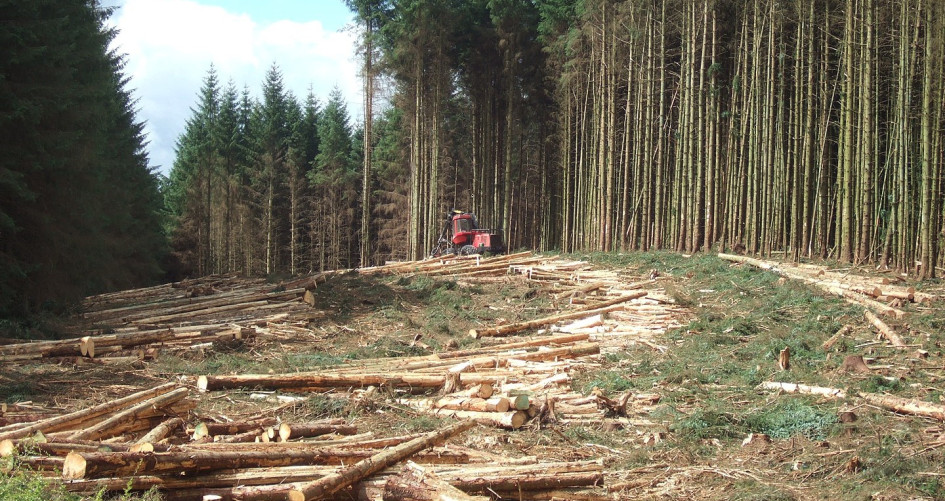Afforestation and reforestation project activities under the CDM
The COP has adopted a decision which includes special rules to ensure that the accounting of removals from these projects are in accordance with the objective of the Kyoto Protocol and that projects do not generate negative impacts in the regions where they are implemented.
The agreed text is based on the modalities and procedures for a clean development mechanism and includes guidance for issues that are specific to afforestation and reforestation activities.
Accounting of removals and baseline methodologies: Parties agreed on a system to calculate the removals by afforestation and reforestation projects which consists on a simple formula. “Net anthropogenic greenhouse gas removals by sinks” is the amount of carbon that will generate carbon units and is defined as the “actual net greenhouse gas removals by sinks” minus the “baseline net greenhouse gas removals by sinks” minus “leakage”. “Actual greenhouse gas removals by sinks” is the actual removals (due to the project) minus any emission caused by the implementation of the project. “Leakage” are those emissions of greenhouse gases outside the area of the project as a result of its implementation. Finally, the baseline refers to the changes in carbon stocks in the area of the project that would have occurred if the project had not been implemented (in other words, the scenario that reasonably represents these changes in carbon stocks). The establishment of baselines follows the same principles as in the CDM; Parties agreed on three approaches:
-
The existing or historical changes in carbon stocks within the boundary of the project;
-
The changes in carbon stocks from a land-use that represents an economically attractive course of action; and
-
The changes in carbon stocks from the most likely land use at the time the project starts.
Non-permanence: Non permanence refers to the temporary nature of the removals, given that carbon contained in the biomass of trees is at a continuous risk of being emitted into the atmosphere. In order to address this problem, Parties agreed that projects will issue temporary credits that will be replaced by the Annex I Party that has retired them. This replacement has to take place when a mandatory monitoring report sent by project participants indicates a decrease in the stocks of carbon of the project, when the period of validity of the credits has expired, or when the mandatory report has not been sent. Project participants have to choose between the issuance of two different units that were created. First, tCERs (or temporary CERs), which expire at the end of the commitment period subsequent to the one among which they were issued. Second, lCERs (or long-term CERs), which expire at the end of the crediting period of the afforestation reforestation project activity. For replacing tCERs or lCERs, an Annex I Party has to transfer a valid unit (which can be AAUs, CERs, ERUs, AAUs, tCERs or lCERs) into a replacement account created for this purpose.
Environmental and socio-economic impacts: Parties wanted to ensure that afforestation and reforestation projects do not generate negative environmental and socio-economic impacts. In order to address this concern, project participants are requested to submit documentation on the analysis of these impacts, including impacts on biodiversity and natural ecosystems. If they, or the host Party, consider the impacts significant, a socio-economic or environmental impact assessment consistent with national regulation has to be undertaken, including remedial measures to address them. The guidance for the project design document requests project participants to include information on specific environmental issues, such as hydrology, soils, risk of fires, pests and diseases, and social issues, such as local communities, indigenous peoples, land tenure, local employment and others.
In addition to the above rules, the following elements are also part of the decision:
-
Project participants can choose a crediting period of either 20 years which may be renewed at least twice, or 30 years with no renewal;
-
Specific rules for the issuance, transfer, retirement and replacement were developed;
-
Small-scale afforestation and reforestation project activities were defined as those that are expected to result in net anthropogenic greenhouse gas removals by sinks of less than 8 kilotonnes of CO2 per year and are developed or implemented by low-income communities and individuals as determined by the host Party. A decision on simplified modalities for these projects, and on measures to facilitate their implementation was adopted at COP 10.

